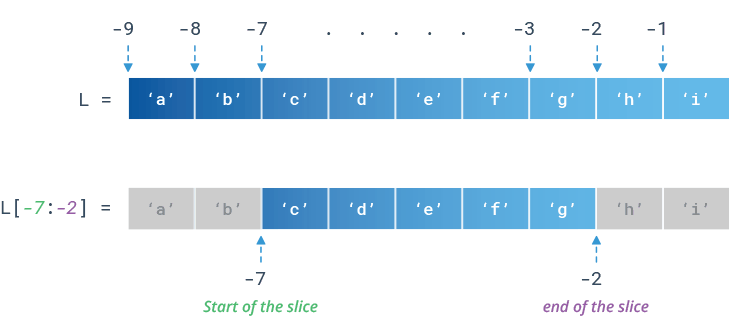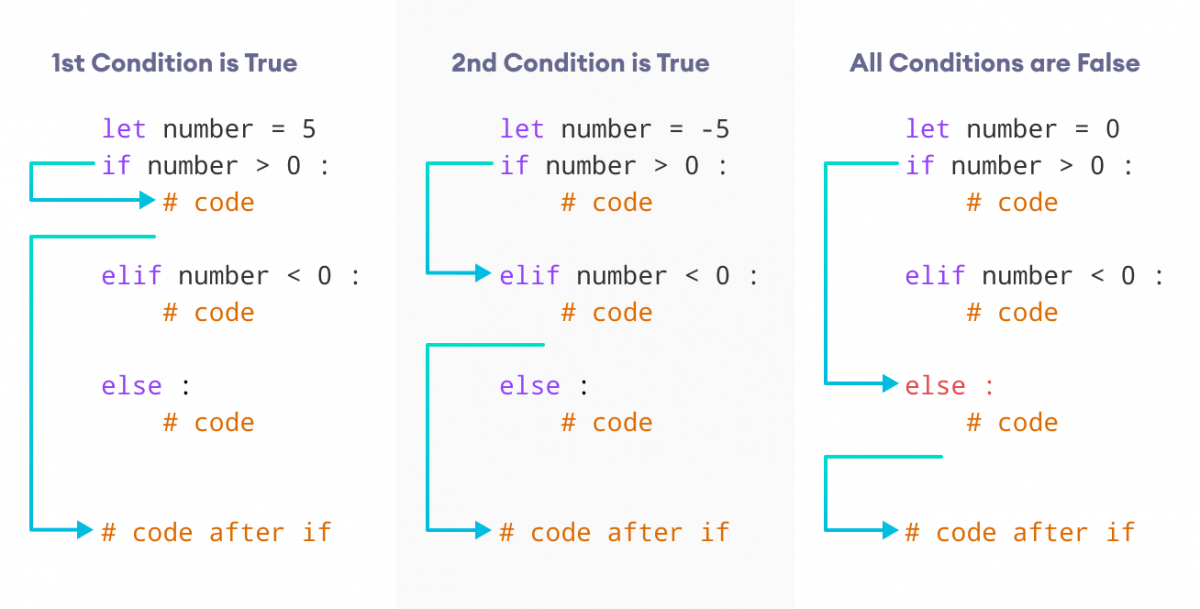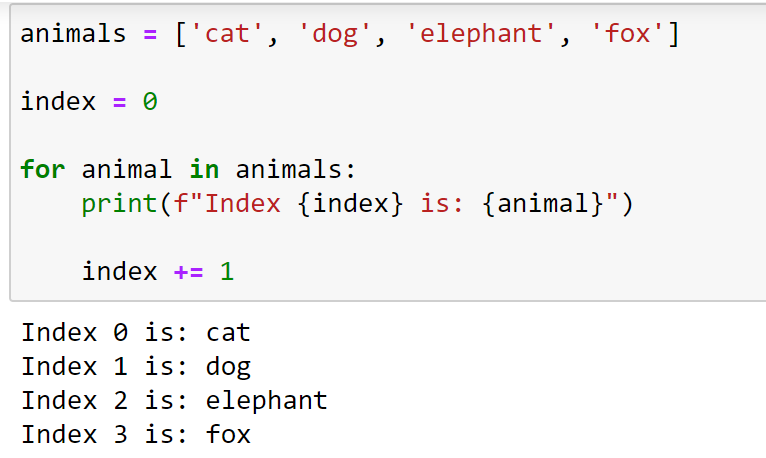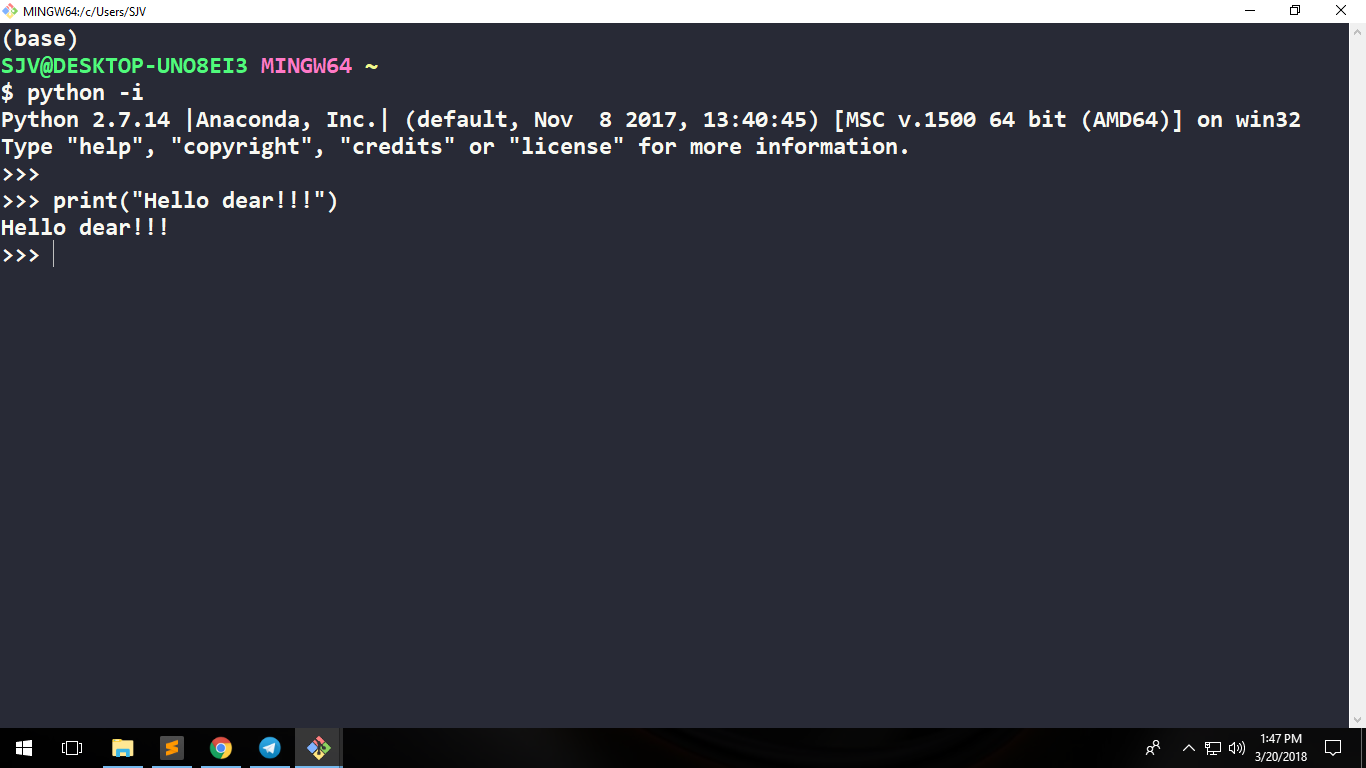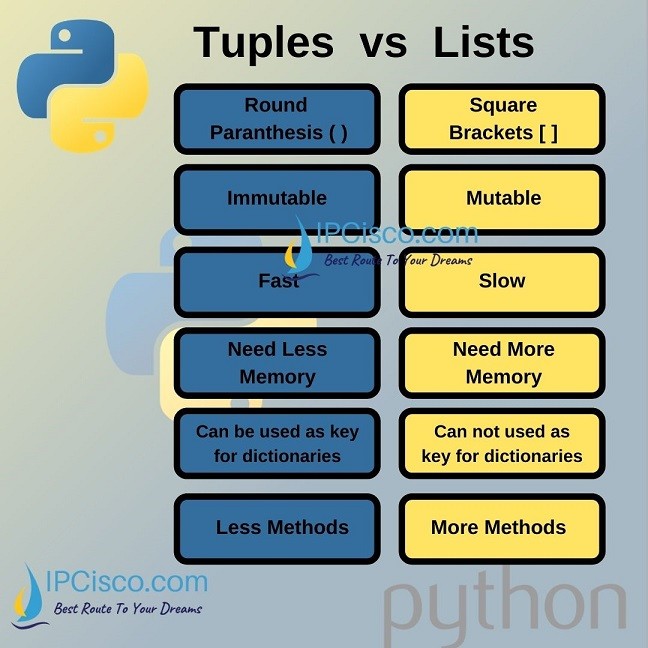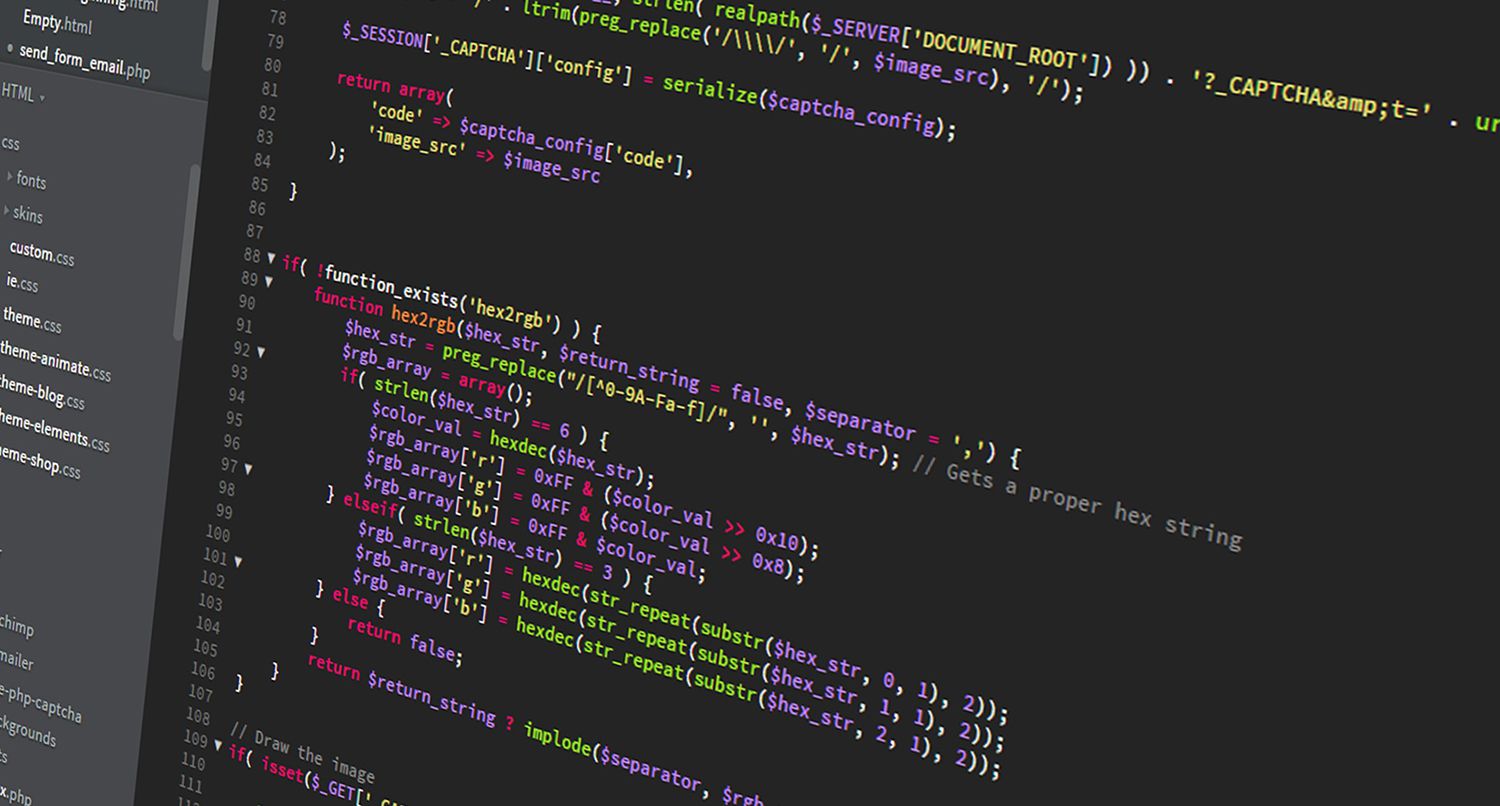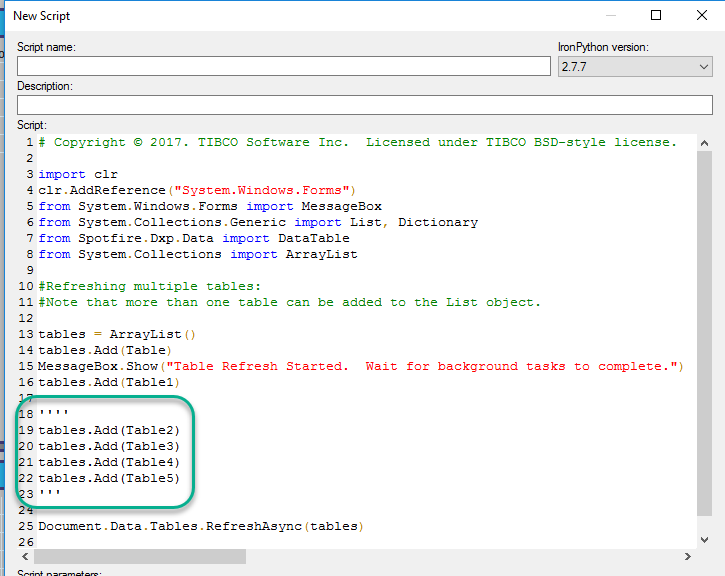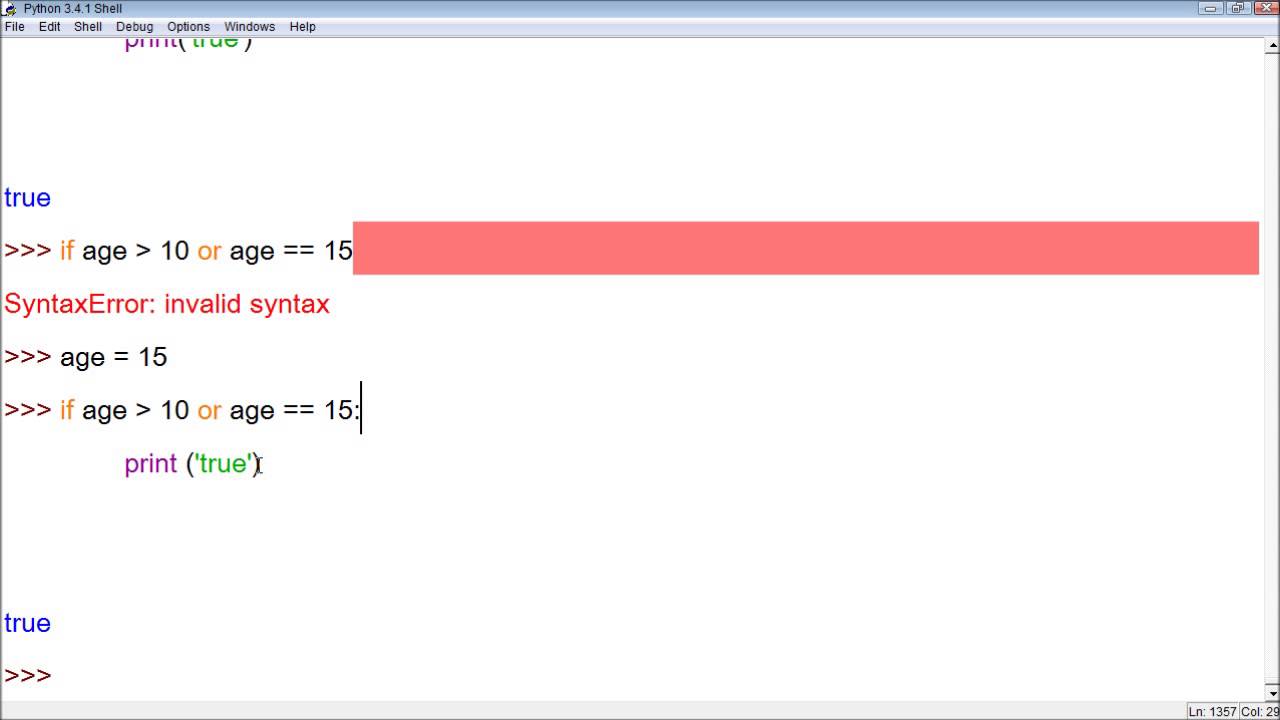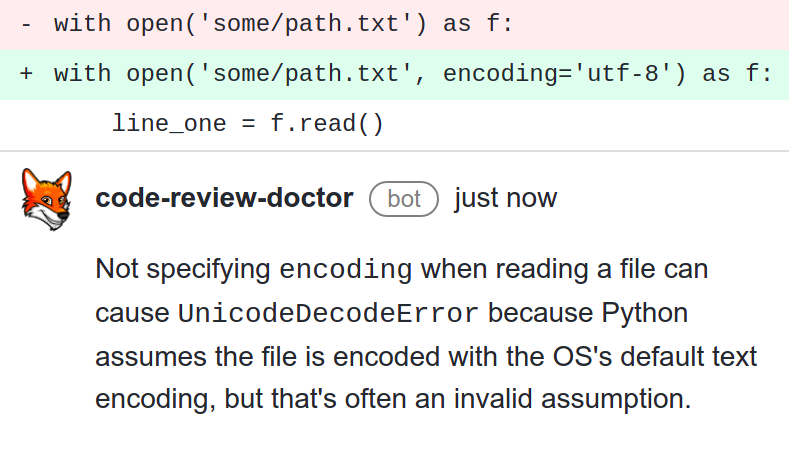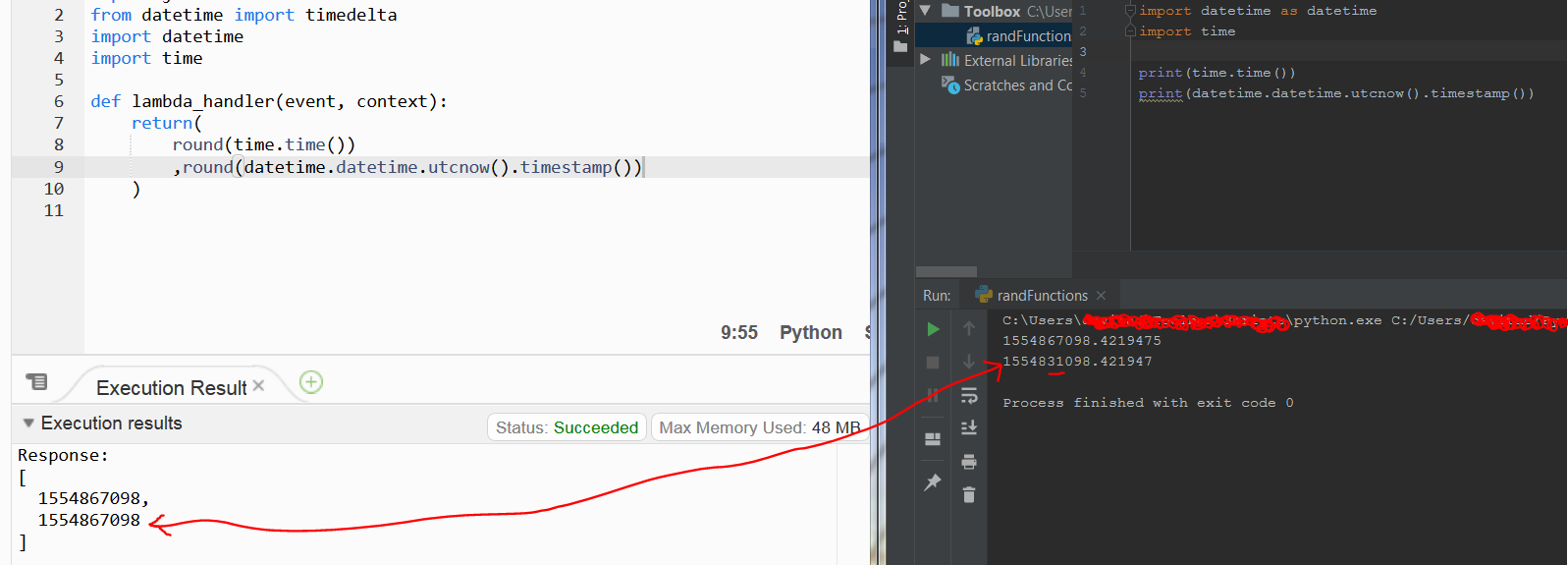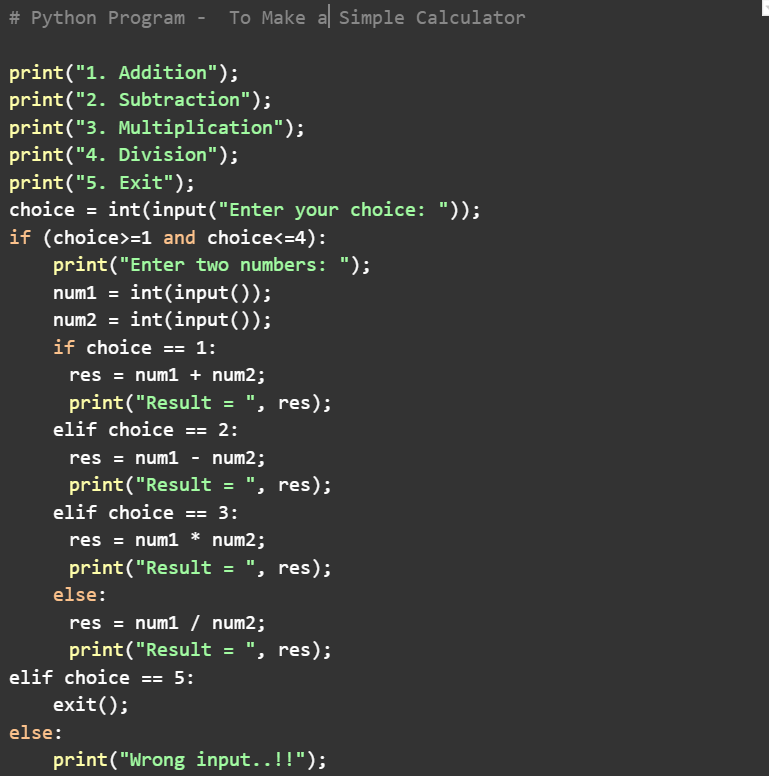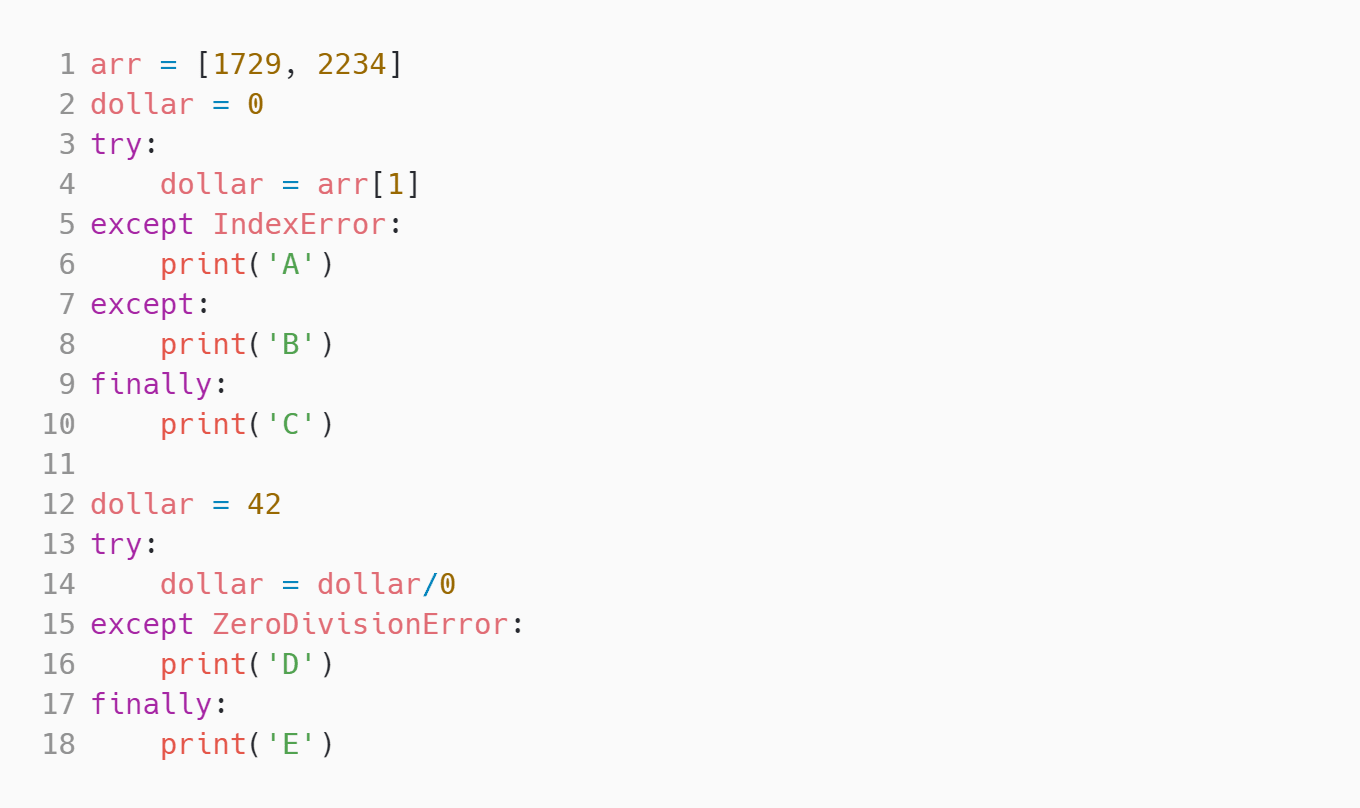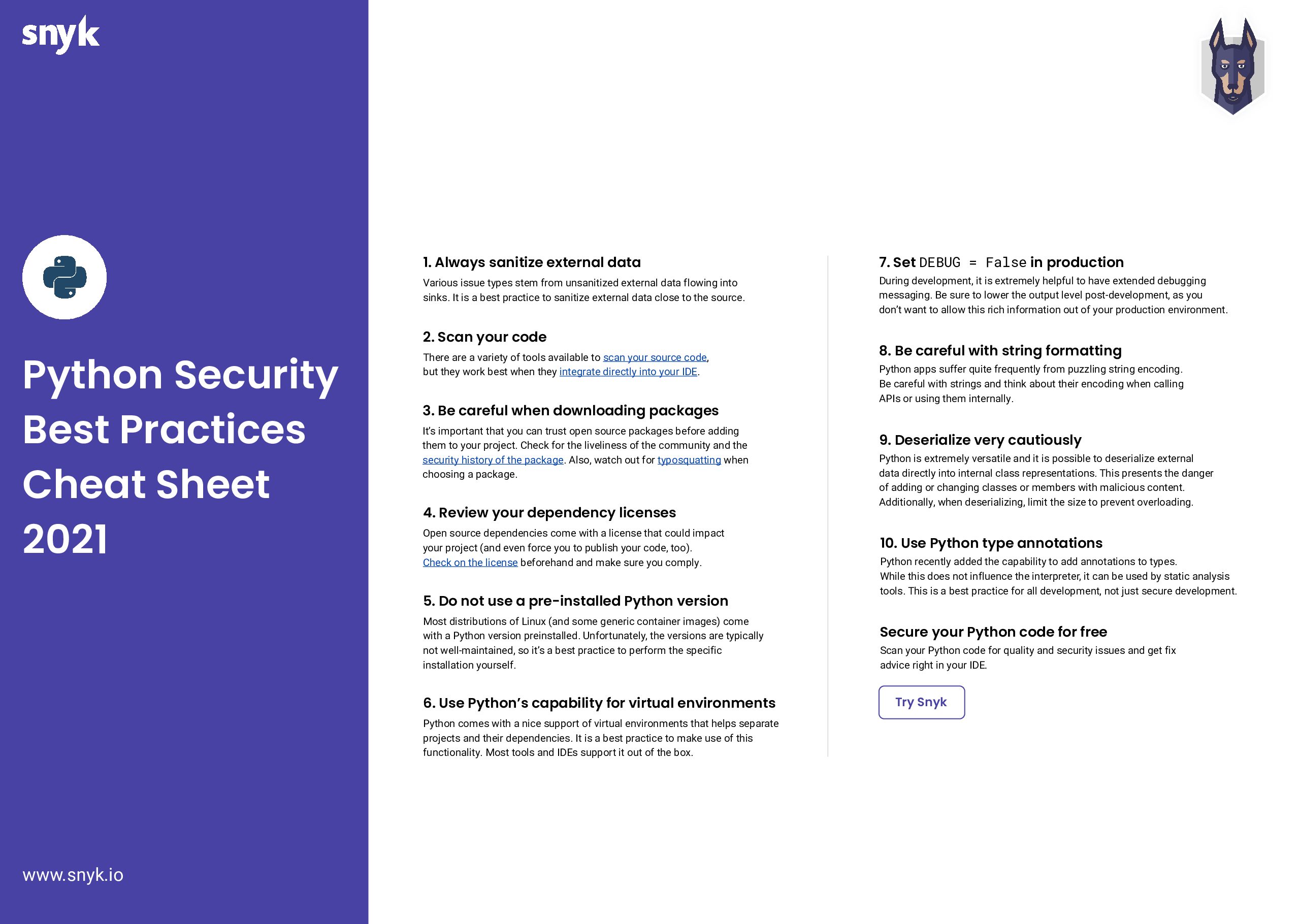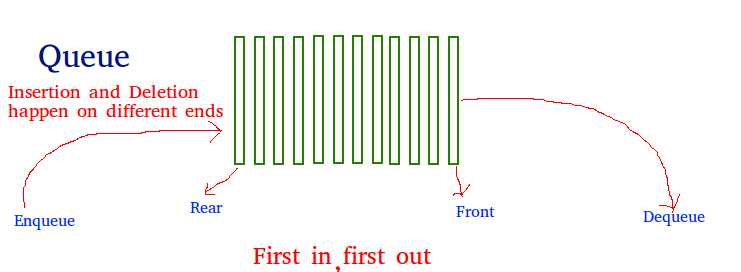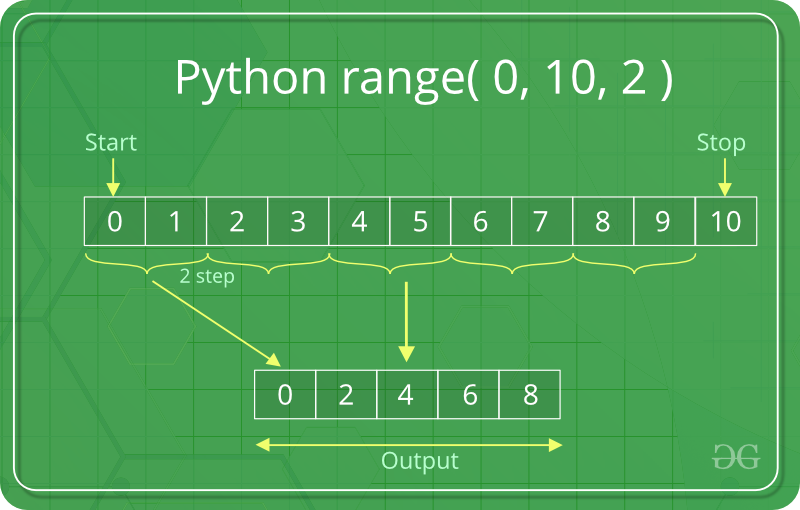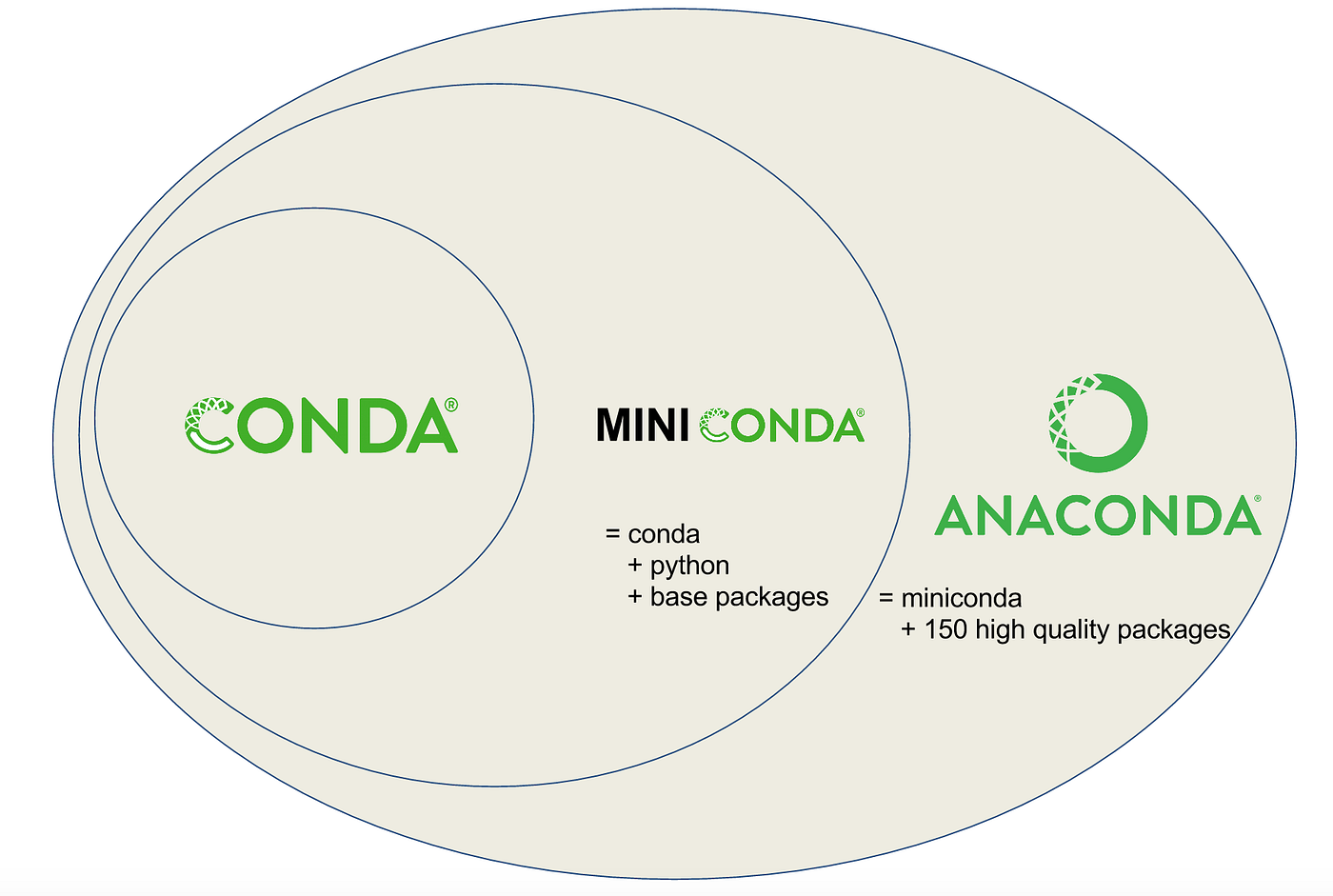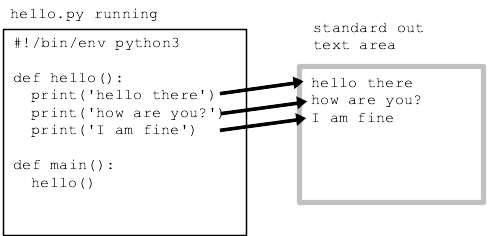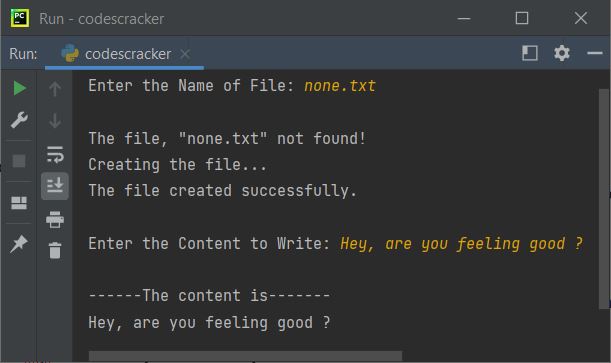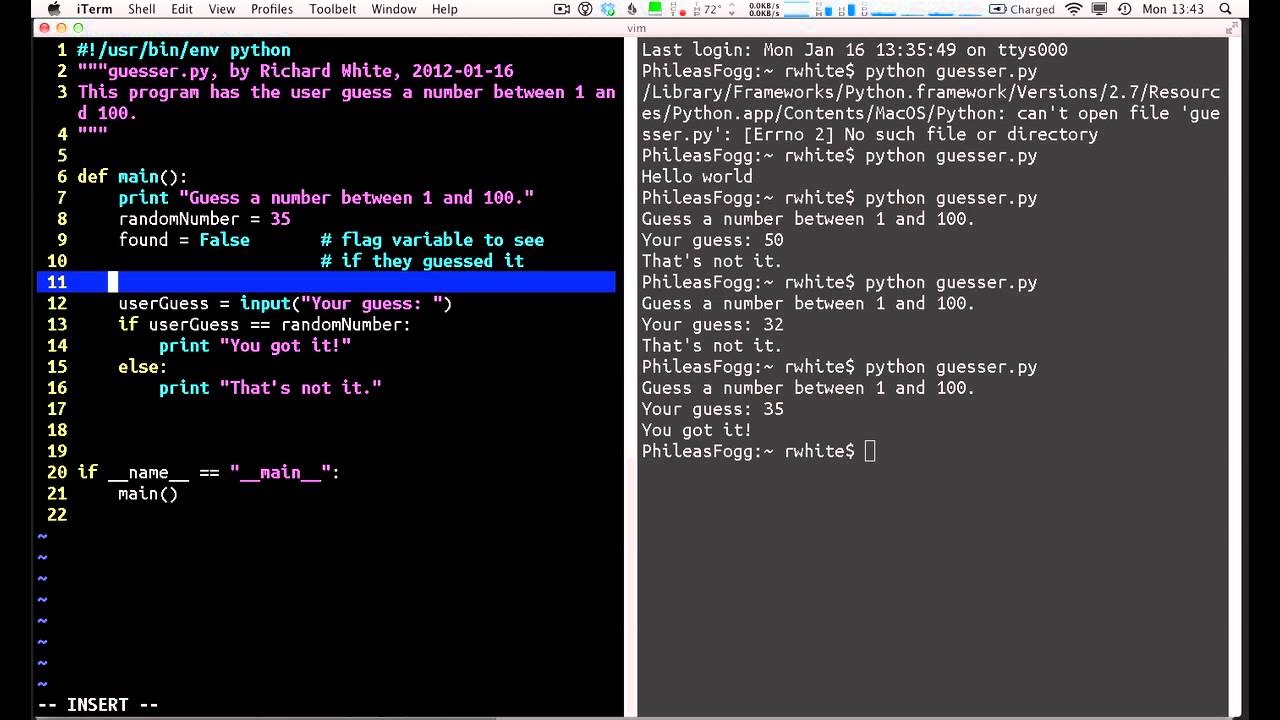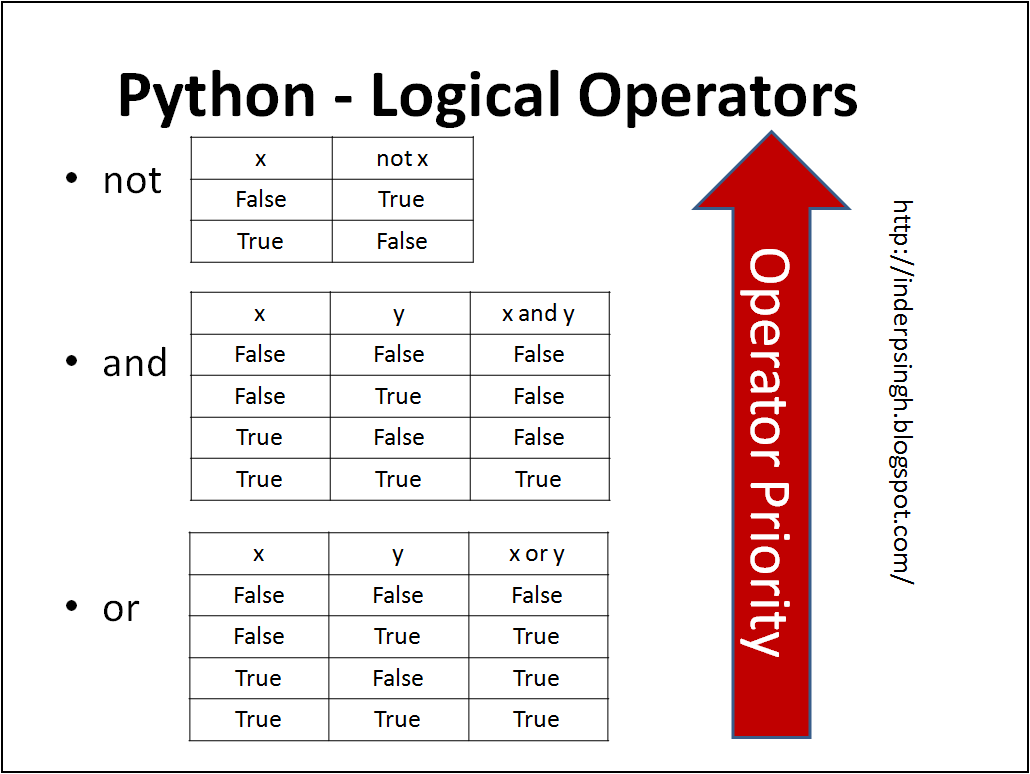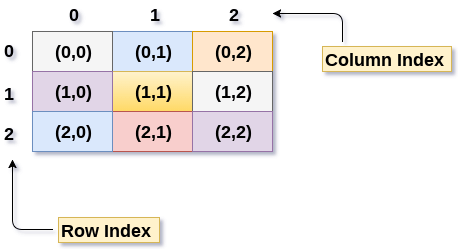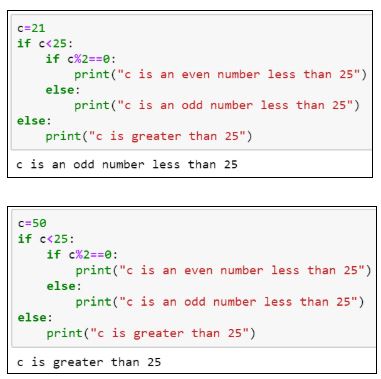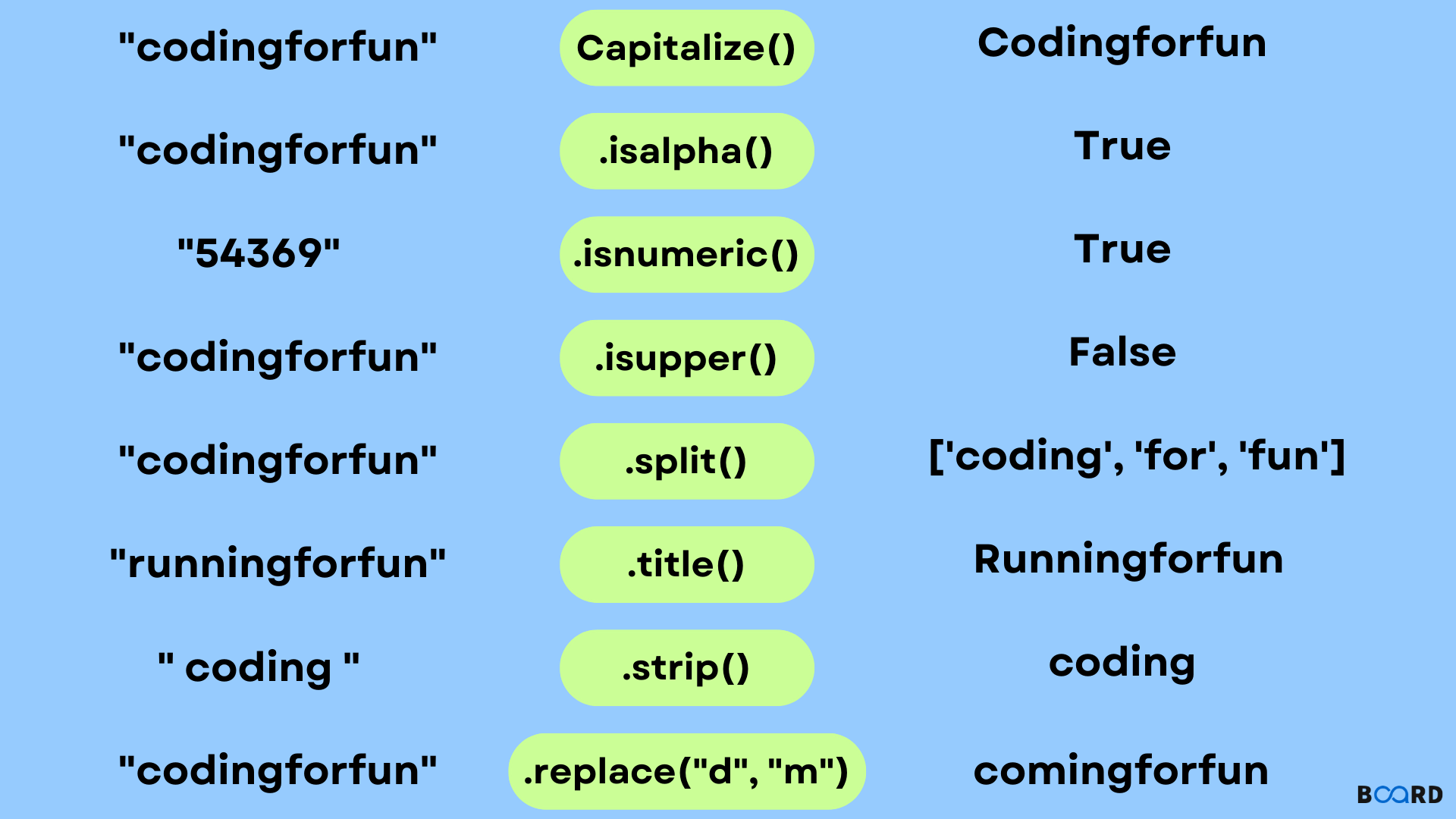Tuple in Python example
Tuple in Python example
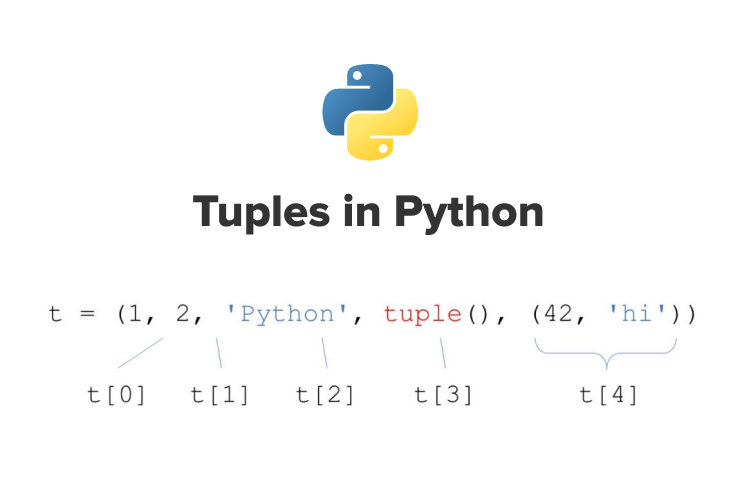
I apologize for the previous mistake!
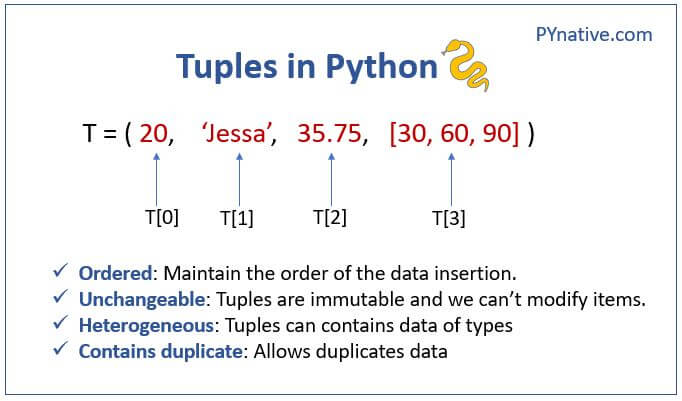
Now, let's dive into some Python tuple examples!
Tuples are similar to lists in that they can hold multiple values of different data types, such as strings, integers, floats, etc. However, tuples have some key differences:
Immutable: Unlike lists, tuples are immutable, meaning you cannot change their contents after creation.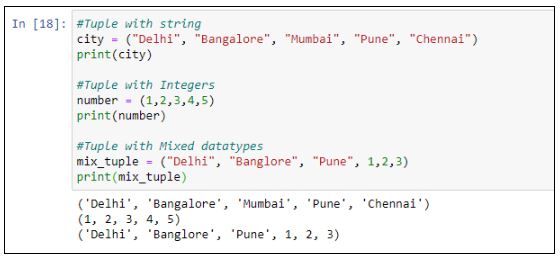
Let's start with a simple example:
# Create a tuple using parenthesesmy_tuple = ("John", 30, "Software Engineer")
print(my_tuple) # Output: ('John', 30, 'Software Engineer')
Notice how we can access the elements of the tuple using indexing:
print(my_tuple[0]) # Output: Johnprint(my_tuple[1]) # Output: 30
print(my_tuple[2]) # Output: Software Engineer
Now, let's create a more complex example:
# Create a tuple with different data typesmy_complex_tuple = (42, "Hello", True, {"name": "Alice", "age": 25})
print(my_complex_tuple) # Output: (42, 'Hello', True, {'name': 'Alice', 'age': 25})
As you can see, tuples can hold different data types, including integers, strings, booleans, and even dictionaries!
Now, let's say we want to get the value of "name" from the dictionary within our tuple:
print(my_complex_tuple[3]["name"]) # Output: Alice
One more thing to note is that tuples can be unpacked into separate variables:
x, y, z = my_tupleprint(x) # Output: John
print(y) # Output: 30
print(z) # Output: Software Engineer
This makes it easy to work with the values within your tuple.
That's a basic overview of Python tuples! They're a powerful tool for storing and working with multiple values in your code.
What is the difference between list and tuple methods in Python?
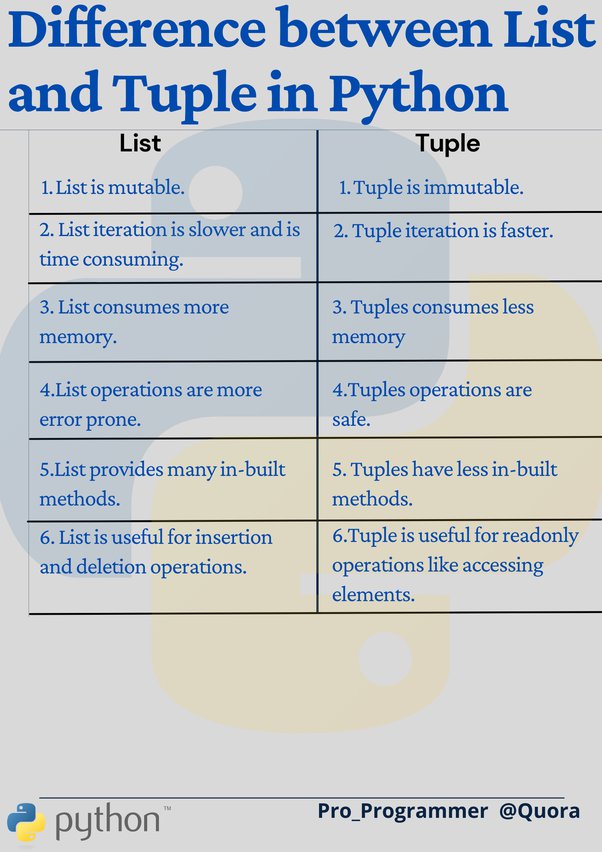
I apologize for the language restriction in my previous responses!
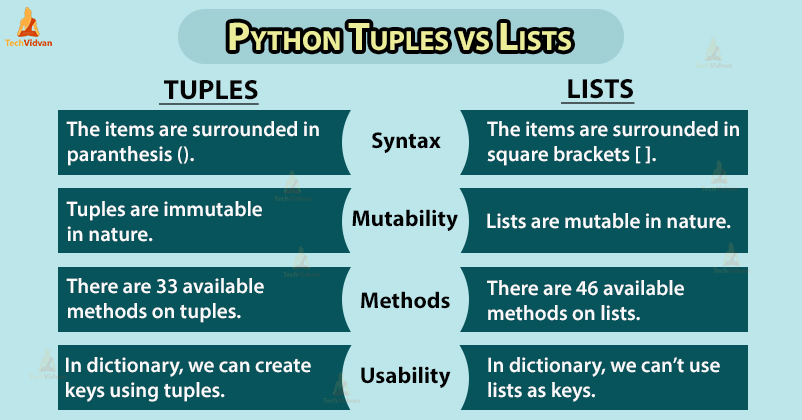
Now, let's dive into the world of Python lists and tuples!
In Python, list and tuple are two fundamental data structures used to store collections of items. While they share some similarities, there are significant differences between them.
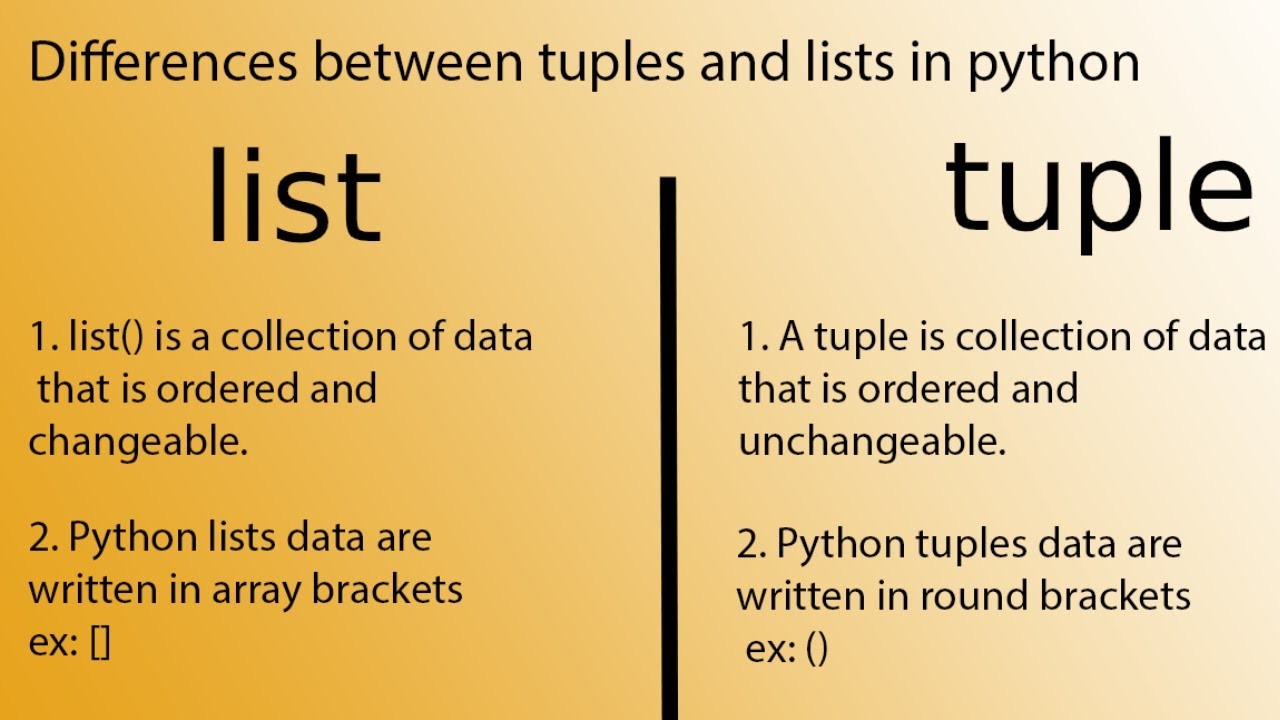
What is a List?
A list is a mutable sequence type that can contain any type of object, including strings, integers, floats, booleans, lists, tuples, dictionaries, and even other types of objects. Lists are defined by the [] syntax or by using the list() constructor.
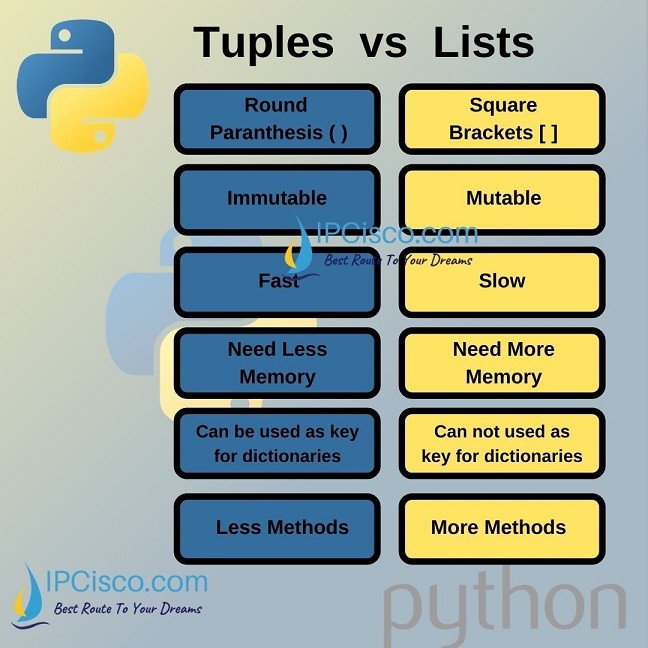
Here's an example of creating a list:
my_list = [1, 2, 3, "hello", True]
print(my_list) # Output: [1, 2, 3, 'hello', True]
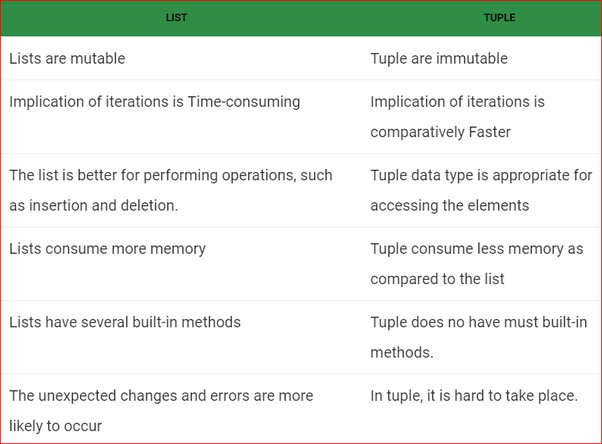
What is a Tuple?
A tuple is an immutable sequence type that can also contain any type of object. Tuples are defined by the () syntax or by using the tuple() constructor.
Here's an example of creating a tuple:
my_tuple = (1, 2, 3, "hello", True)
print(my_tuple) # Output: (1, 2, 3, 'hello', True)
Key Differences:
Mutability: The most significant difference is that lists are mutable, meaning you can modify their contents after creation. Tuples, on the other hand, are immutable, and their contents cannot be changed once they're created. Syntax: As mentioned earlier, lists use the[] syntax, while tuples use the () syntax. Default Value: When an index is out of range for a list, it returns None. For a tuple, it raises an exception (specifically, a TypeError). Methods: Lists support various methods like append(), insert(), and remove(), which are not available in tuples. Memory Usage: Tuples generally use less memory than lists because of their immutable nature.
When to Use Each:
Use lists when you need to store a collection of items that might change or grow dynamically, such as storing user input data. Use tuples when you need an immutable sequence type, like storing configuration data or constants. If you don't intend to modify the contents after creation, use a tuple. If you anticipate changes, use a list.In summary, while both lists and tuples can store sequences of items in Python, their mutability, syntax, default value, methods, and memory usage differ significantly. Choose wisely based on your specific requirements!

